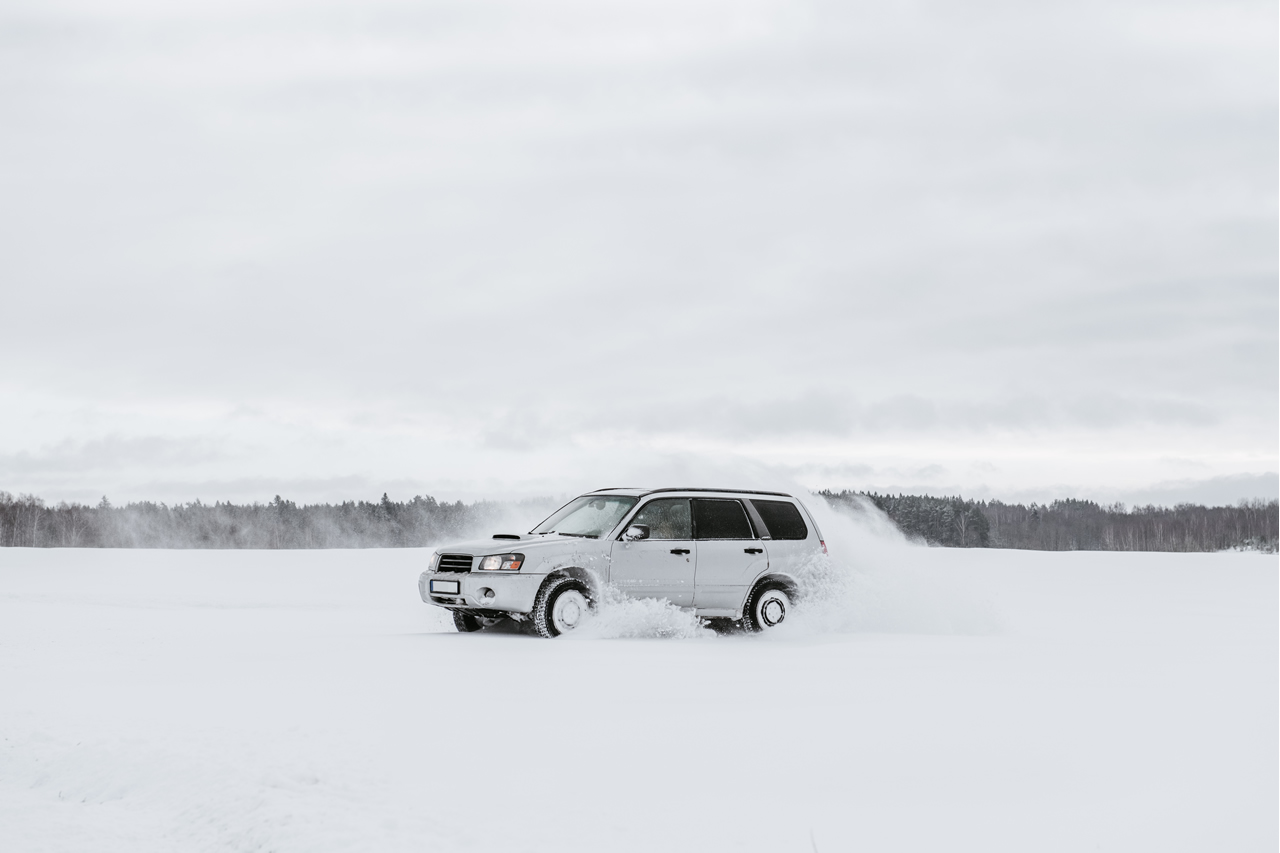As the winter season blankets the world in a frosty embrace, vehicle owners face the challenge of ensuring their automobiles remain reliable and efficient despite the harsh conditions. Cold temperatures, icy roads, and snow accumulation can take a toll on your vehicle's performance if proper precautions and maintenance measures are not taken. In this comprehensive guide, we will explore a variety of tips and techniques to keep your vehicles running smoothly during the winter months.
1. Engine Care
The heart of any vehicle, the engine, requires special attention during winter. Cold weather can impact the engine's performance and efficiency. Here's how you can ensure your engine stays in top shape:
a. Check and Change Oil: Cold temperatures can cause oil to thicken, making it harder for the engine to turn over. Check the oil level and consider switching to a winter-grade oil that flows more easily in colder temperatures.
b. Battery Health: Cold weather is notorious for draining battery power. Ensure your battery is fully charged and have it tested if it's more than three years old. Consider investing in a high-quality battery with more cold-cranking amps for improved performance in winter.
c. Antifreeze Levels: Maintaining the right level of antifreeze is crucial to prevent the engine coolant from freezing. Check the antifreeze concentration using a tester and top it up if needed.
d. Engine Block Heater: If you live in an extremely cold climate, using an engine block heater can help maintain optimal operating temperatures and ease cold starts.
2. Tire Maintenance
Tires play a critical role in vehicle safety, especially during winter when road conditions are challenging. Proper tire maintenance is essential for traction and stability. Consider the following tips:
a. Tire Pressure: Cold temperatures can cause tire pressure to drop. Check the tire pressure regularly and keep it at the recommended level. Underinflated tires can reduce traction and fuel efficiency.
b. Winter Tires: Consider investing in winter tires designed to handle snow and ice. These tires have a special tread pattern and rubber compound that provides better grip in cold conditions.
c. Tire Rotation: Regularly rotate your tires to ensure even wear. This extends the lifespan of the tires and improves overall vehicle performance.
d. Check Tread Depth: Insufficient tread depth reduces traction on slippery roads. Ensure your tires have adequate tread depth, and consider replacing them if the tread is worn out.
3. Brake System Maintenance
Brakes are crucial for safe driving, especially in winter conditions where roads can be slippery. Proper maintenance of the brake system is vital for optimal performance:
a. Brake Fluid: Check the brake fluid level and quality. If the fluid is dark or contaminated, consider flushing and replacing it according to the manufacturer's recommendations.
b. Brake Pads and Rotors: Inspect the brake pads and rotors for wear. Replace worn-out brake pads and ensure the rotors are smooth to maintain effective braking.
c. Anti-lock Braking System (ABS): Ensure the ABS is functioning correctly. This system is crucial for maintaining steering control during hard braking in slippery conditions.
4. Visibility and Lighting
Maintaining clear visibility is essential for safe driving in winter. Ensure your vehicle's lights and wipers are in top condition:
a. Windshield Wipers: Replace worn-out wiper blades and ensure the windshield washer fluid is topped up with a winter-grade solution that won't freeze.
b. Headlights and Taillights: Clean and inspect all lights regularly. Consider upgrading to brighter bulbs for improved visibility in low-light conditions.
c. Defrosting System: Check the defrosting system to ensure it effectively clears fog and frost from the windshield and windows.

5. Fluid Levels and Quality
Various fluids in your vehicle play a crucial role in maintaining its overall functionality. Check and maintain the following fluid levels:
A. Transmission Fluid: Ensure the transmission fluid is at the proper level and in good condition. Consider changing it if recommended by the manufacturer.
B. Power Steering Fluid: Check the power steering fluid level and top it up if needed. A smooth power steering system is essential for ease of maneuvering on icy roads.
C. Differential Fluid: If your vehicle has a differential, check the fluid level and condition. Follow the manufacturer's recommendations for maintenance.
D. Fuel System: Keep the fuel tank at least half full to prevent fuel line freezing. Add a fuel stabilizer to prevent fuel from deteriorating in cold temperatures.
6. Chassis and Undercarriage Protection
The undercarriage of your vehicle is exposed to road salt, which can lead to rust and corrosion. Taking steps to protect the chassis and undercarriage is essential:
A. Rustproofing: Consider applying a rustproofing treatment to the undercarriage to protect it from the corrosive effects of road salt and moisture.
B. Car Washes: Regularly wash your vehicle, especially the undercarriage, to remove salt and debris. Use a car wash that offers an undercarriage wash option.
C. Wheel Wells and Mud Flaps: Clean wheel wells and mud flaps to prevent the accumulation of snow and ice, which can lead to rust.
7. Emergency Preparedness
Despite all precautions, winter driving can be unpredictable. Be prepared for emergencies with the following items:
A. Emergency Kit: Pack a winter emergency kit, including items like a blanket, flashlight, extra batteries, non-perishable snacks, and a first aid kit.
B. Snow Chains or Traction Aids: In areas with heavy snowfall, consider carrying snow chains or other traction aids to improve grip on snowy roads.
C. Communication Devices: Keep a charged cell phone in the car and consider a portable phone charger. In case of an emergency, reliable communication is essential.
D. Vehicle Recovery Gear: Carry basic tools such as a shovel, ice scraper, and sand or kitty litter for traction in case your vehicle gets stuck.
Final Thoughts
Winter vehicle maintenance is a proactive approach to ensuring the safety, reliability, and performance of your vehicle during the challenging winter months. By following these comprehensive tips, you can navigate icy roads with confidence and keep your wheels turning smoothly. Remember, a well-maintained vehicle not only protects you and your passengers but also contributes to safer roads for everyone. Stay prepared, stay vigilant, and enjoy the winter season with peace of mind on the road.


